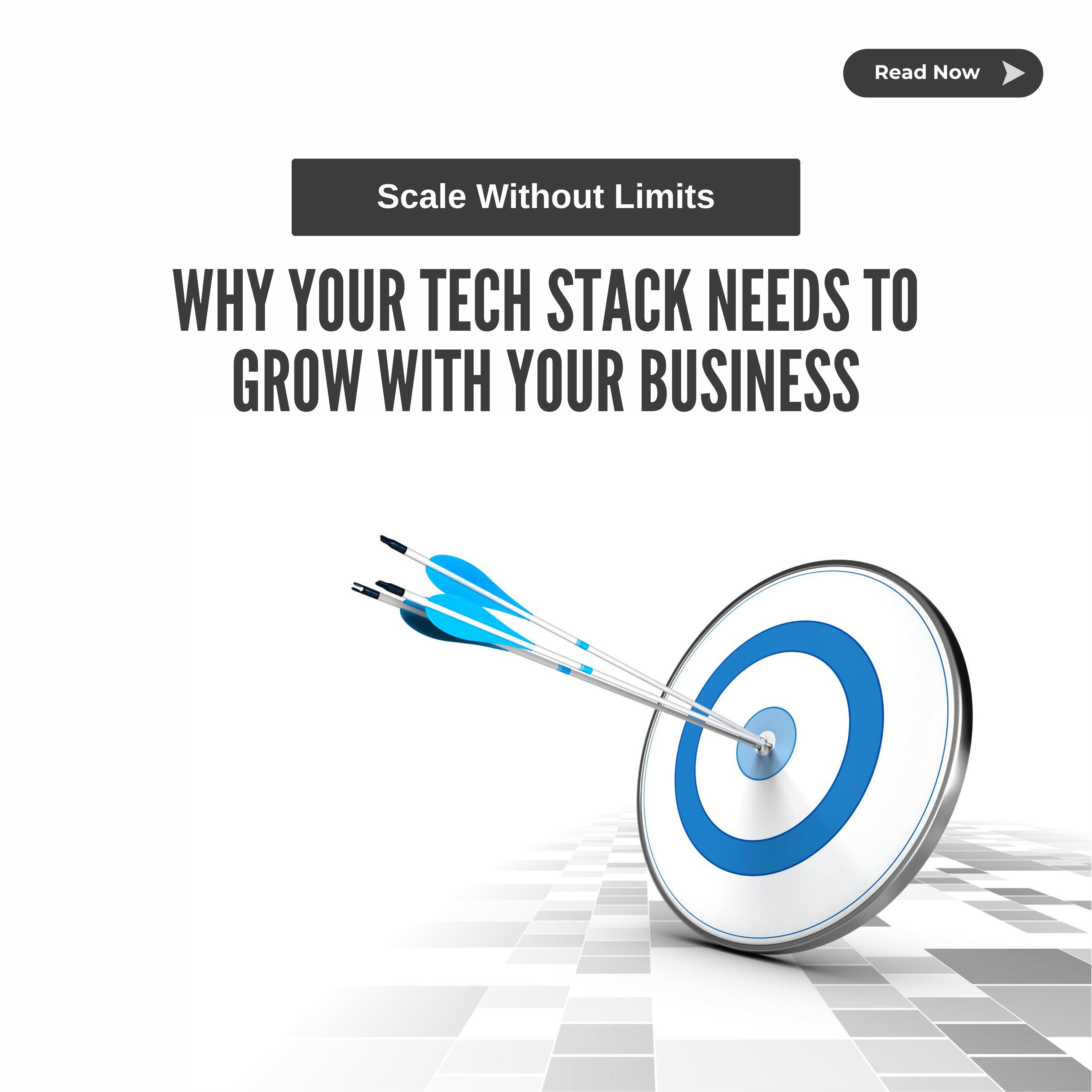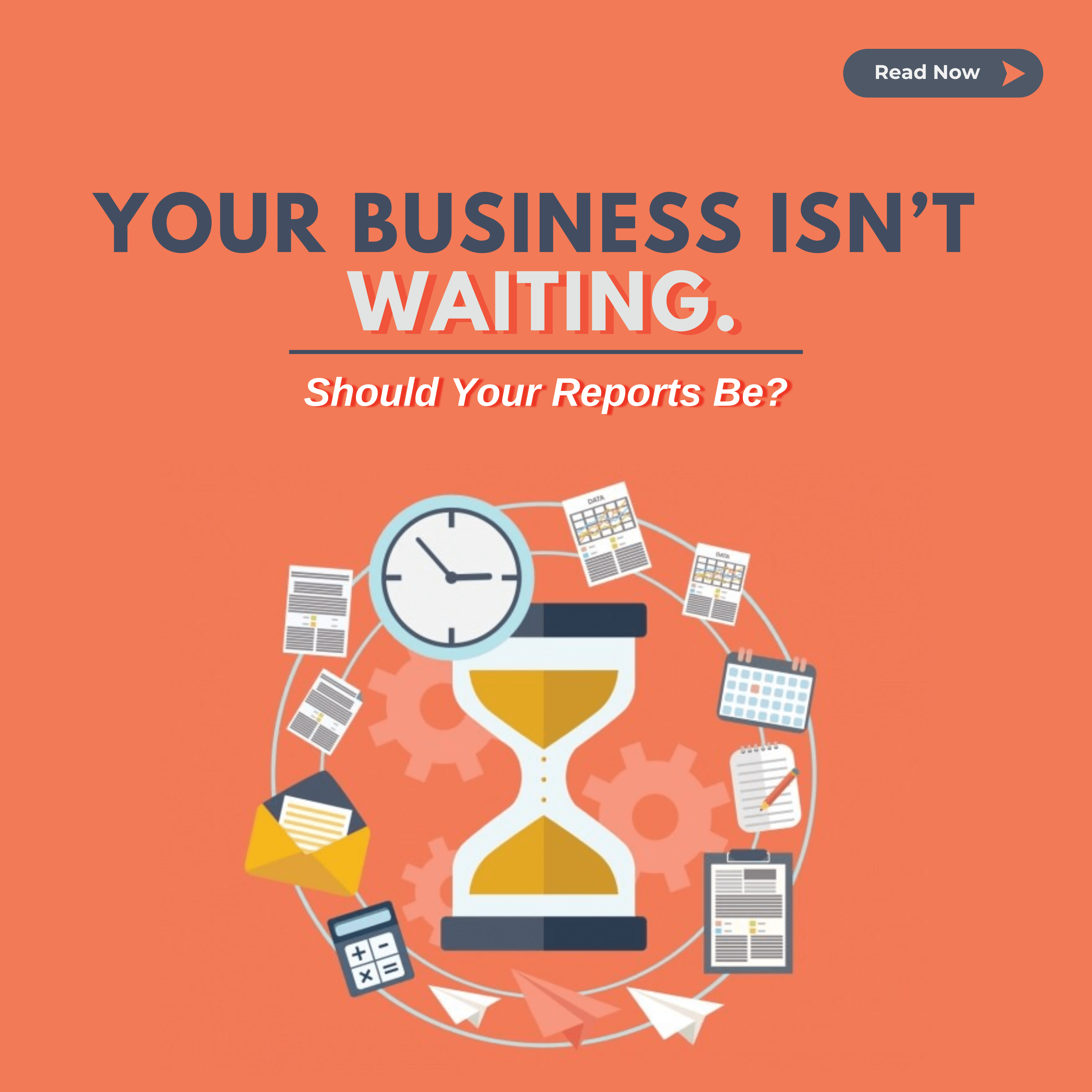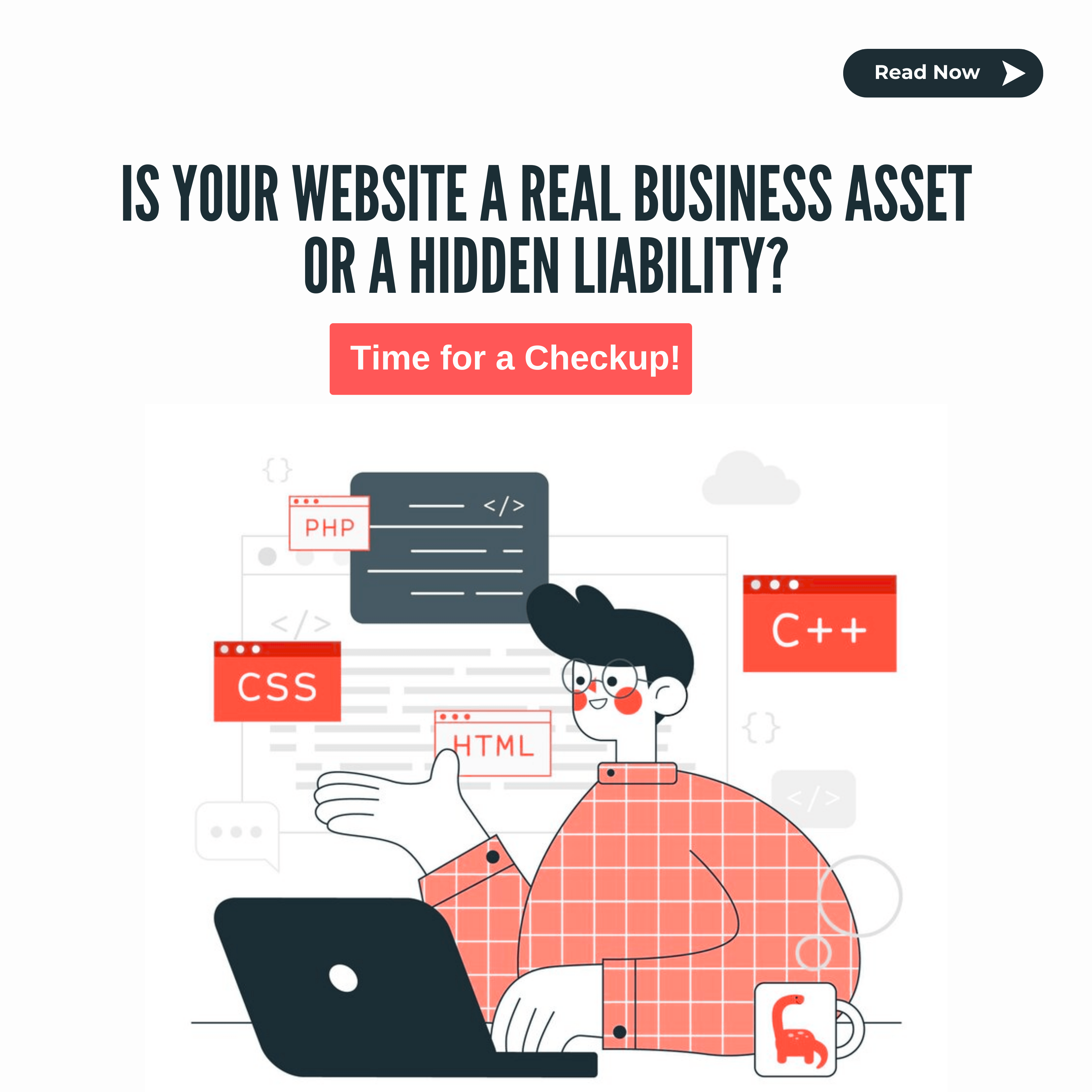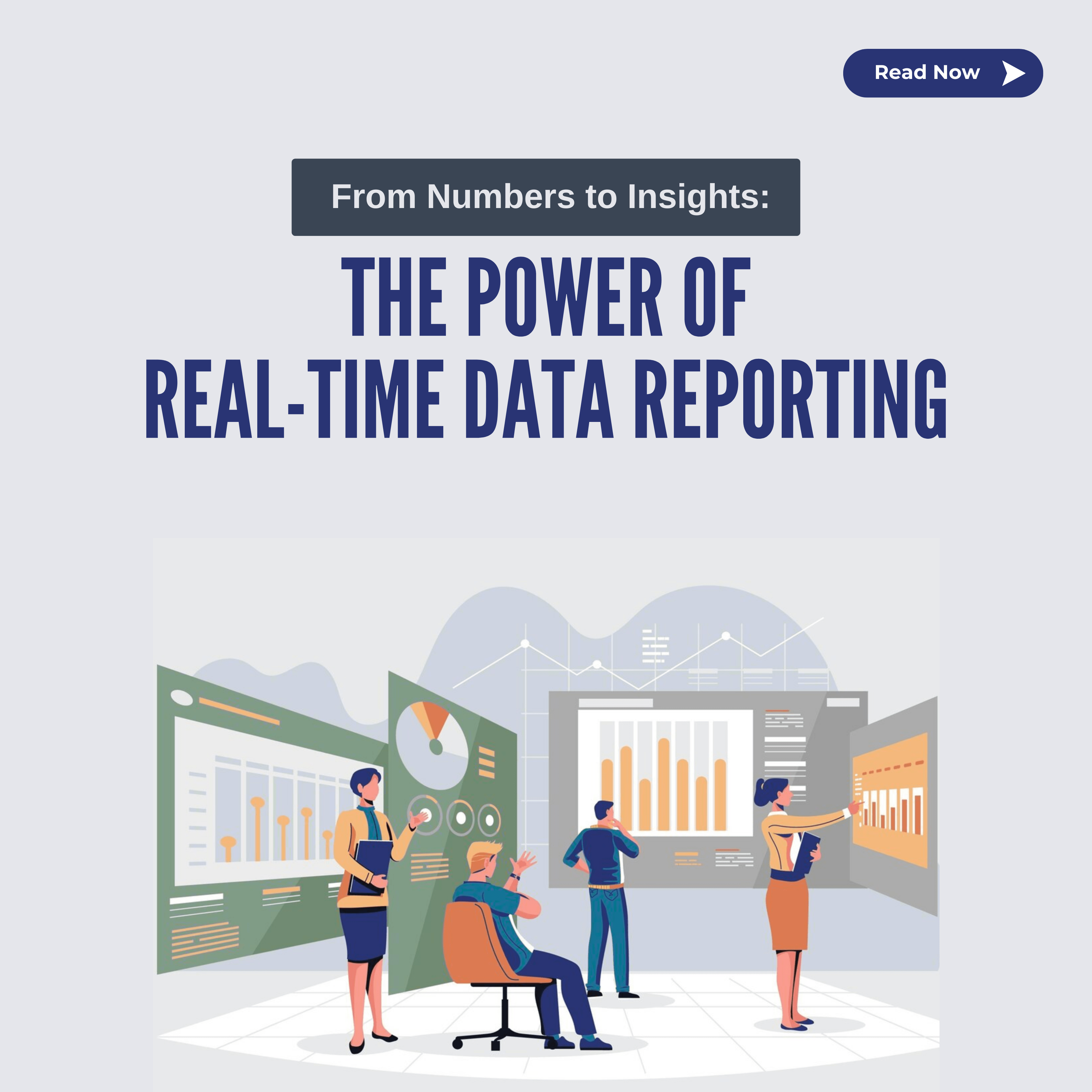In today’s data-driven world, making sense of vast amounts of information is essential for businesses, researchers, and decision-makers. Visualization software plays a crucial role in this process, enabling users to transform complex data into meaningful insights through charts, graphs, and interactive dashboards. Global Businesses conducted a study showing that only 26% of organizations use data visualization¹. With numerous options available in the market, selecting the right visualization software can be a daunting task. Another market survey conducted by Sigma revealed that 39% of the attendees were not sure about the data-driven culture in organizations, and 46% admitted that they face challenges in delivering relevant data models due to a lack of domain expertise¹. In this blog post we’ll explore key factors to consider when picking the best visualization software for your needs.

Understanding Your Requirements
Before diving into the sea of visualization tools, it’s crucial to understand your specific requirements and objectives. Consider the following questions:
- What type of data will you be visualizing? (e.g., numerical, geographical, temporal)
- What level of interactivity do you need in your visualizations?
- Do you require real-time data visualization capabilities?
- Will the visualizations be used for internal analysis or external presentations?
- What is your budget for visualization software?
Key Features to Look For
When evaluating visualization software, several key features can significantly impact its usability and effectiveness:
- Ease of Use: Look for software with an intuitive interface and user-friendly tools that allow you to create visualizations quickly and efficiently.
- Data Connectivity: Ensure that the software supports seamless integration with various data sources, including databases, spreadsheets, and cloud services.
- Visualization Types: Consider the types of visualizations supported by the software, such as charts, graphs, maps, and dashboards. Choose software that offers a wide range of visualization options to meet your diverse needs.
- Interactivity: Interactive features such as drill-down capabilities, filtering, and hover- over tooltips can enhance the user experience and enable deeper exploration of data insights.
- Customization Options: Look for software that allows you to customize the appearance and layout of your visualizations to align with your branding and presentation requirements.
- Scalability: Consider the scalability of the software to handle large datasets and accommodate growing business needs over time.
- Support and Documentation: Evaluate the availability of support resources, including documentation, tutorials, and customer service, to ensure you can get assistance when needed. It’s worth it since using data visualizations allows organizations to shorten their business meetings by 24%¹.
Popular Visualization Tools in the Market
While there are many visualization tools available, here are a few popular options worth considering.
- Tableau: Known for its user=friendly interface and powerful visualization capabilities, Tableau offers a range of tools for data exploration, analysis, and storytelling. Tableau is best for interactive charts².
- Microsoft Power BI: Integrated with the Microsoft ecosystem, Power BI provides robust data visualization and business intelligence features, including interactive dashboards and AI-powered insights. Microsoft BI is best for Business Intelligence².
- Google Data Studio: As part of the Google Analytics suite, Data Studio offers a free and easy-to-use platform for creating customizable dashboards and reports using data from various sources.
- Plotly: A versatile visualization library that supports interactive charts, graphs, and dashboards, Plotly can be integrated into programming languages like Python R, and JavaScript.
- Qlik Sense: Qlik Sense provides self-service analytics capabilities, allowing users to create personalized visualizations and explore data insights collaboratively. Qlik Sense is best for artificial intelligence.
To help narrow down the search, Microsoft Power BI, Tableau and Qlik Sense all have software integrations, real-time analytics, and trend analysis².
Conclusion
Reporting and dashboards are compasses that guide organizations through the vast sea of data. They empower decision-makers with actionable insights, enable real-time monitoring, and foster a data-driven culture. By harnessing the power of reporting and dashboards, businesses can stay agile, adapt to changing environments, and chart a course toward success in today’s data-centric world.
RELATED Articles
Your business is growing. That’s the good news. But as your user
As companies navigate a data-driven world, having quick, real-time insights is important
Scaling Quickly? Here’s When You Need Staff Augmentation to Keep Up The
Your Website Might Be Doing More Harm Than Good The Difference Between
Real-Time Reporting: Why Timing Matters More Than Ever Organized Data Leads to
What’s Next in Software Development? In 2025, software development continues to change






